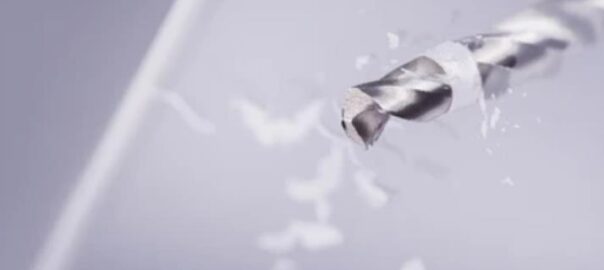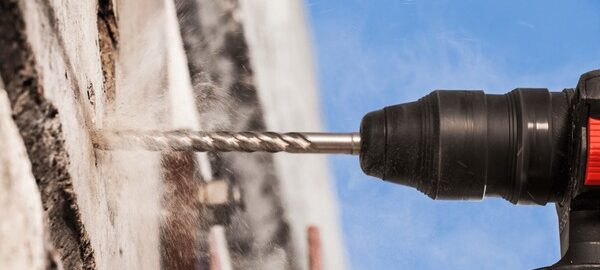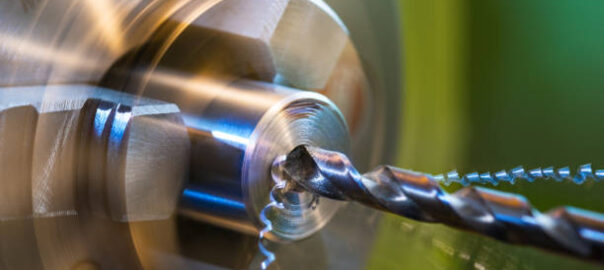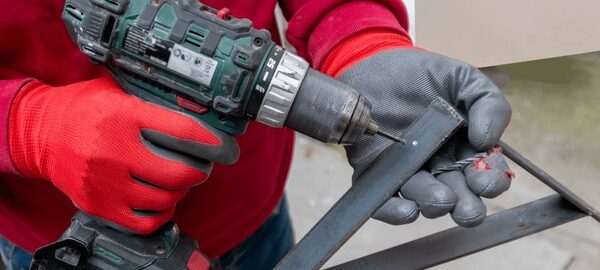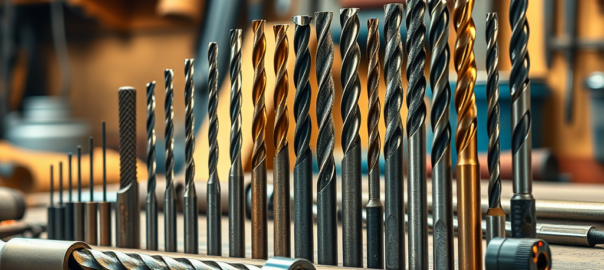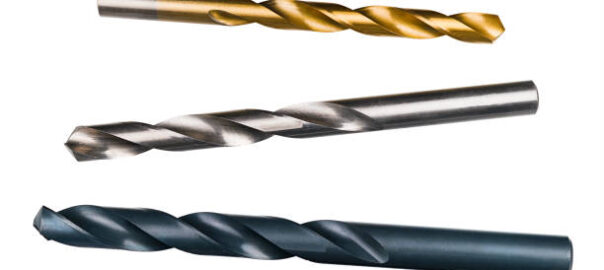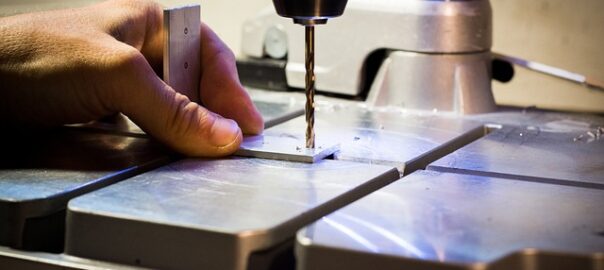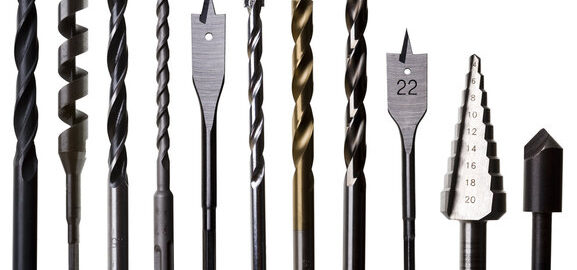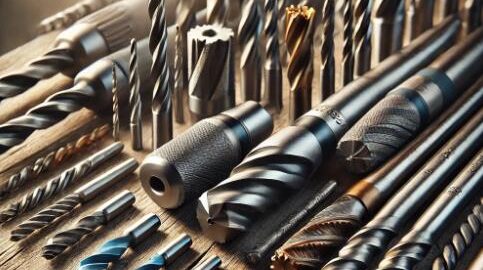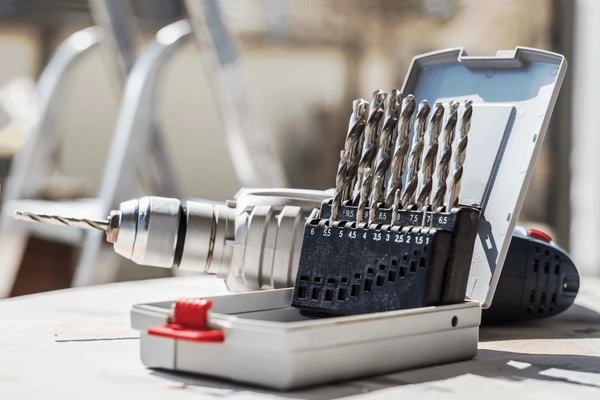
Choosing the right drill bit size is essential for achieving precise, clean holes in various materials. Whether you’re drilling into wood, metal, plastic, or masonry, selecting the appropriate size can prevent damage, ensure secure fastenings, and improve overall work quality. This guide will help you determine the right drill bit size for your project.
Understanding Drill Bit Sizing
Drill bits are measured in different ways, depending on the country and industry standards. The most common measurements include:
- Fractional Inches (e.g., 1/8″, 3/16″) – Common in the U.S.
- Numbered Bits (#1, #2, etc.) – Often used in machinist work
- Metric Measurements (e.g., 3mm, 6mm) – Standard in most international applications
Selecting the Right Drill Bit Size
The correct size depends on the material and the type of hole you’re drilling. Here’s how to determine the best fit:
1. For Screws and Anchors
If you are pre-drilling for screws, the drill bit size should match the shank of the screw, excluding the threads. Here’s a general guideline:
- Wood Screws: Use a bit equal to the screw’s core diameter.
- Metal Screws: Use a bit slightly smaller than the screw diameter for a tight fit.
- Plastic Anchors: Match the bit size to the diameter of the anchor for a snug hold.
2. For Bolts and Nuts
When drilling for a bolt, the hole should be slightly larger than the bolt diameter to allow smooth insertion. Check manufacturer specifications for exact recommendations.
3. For Masonry and Concrete
Drilling into concrete requires specialized masonry bits. The size should match the diameter of the anchor or fastener being used. If using expansion anchors, follow the instructions provided by the anchor manufacturer.
Drill Bit Size Chart (General Guide)
| Screw Size | Recommended Drill Bit Size (Wood) | Recommended Drill Bit Size (Metal) |
|---|---|---|
| #4 | 3/32″ | 1/16″ |
| #6 | 7/64″ | 5/64″ |
| #8 | 1/8″ | 3/32″ |
| #10 | 9/64″ | 7/64″ |
| #12 | 5/32″ | 1/8″ |
For metric conversions and specific applications, always refer to detailed charts or manufacturer guidelines.
Tips for Drilling Success
- Test on Scrap Material: Before committing to the final hole, test the drill bit size on a similar piece of material.
- Use the Right Speed: Harder materials require slower drill speeds, while softer materials can handle higher speeds.
- Lubricate for Metal Drilling: Using cutting oil reduces heat and prolongs bit life.
- Keep Bits Sharp: Dull drill bits create rough holes and require more effort.
Conclusion
Selecting the right drill bit size is crucial for achieving strong and professional results in any project. By considering the material, screw or bolt size, and intended application, you can make the right choice every time. If you need high-quality drill bits for any application, check out the wide selection at DrillBitsBarn.com! You can also visit our partner site at www.drillbitsusa.com for more information.
